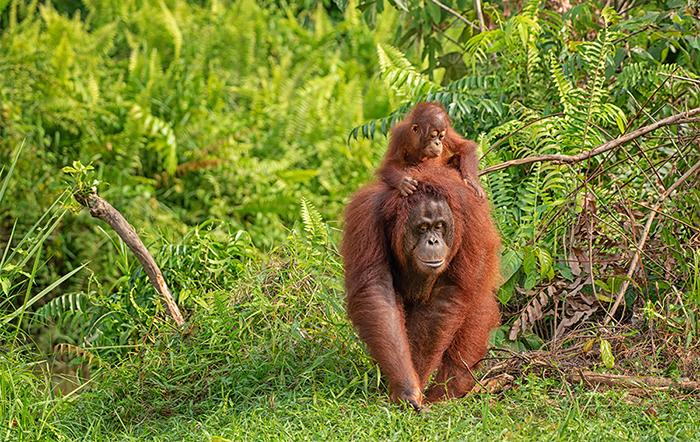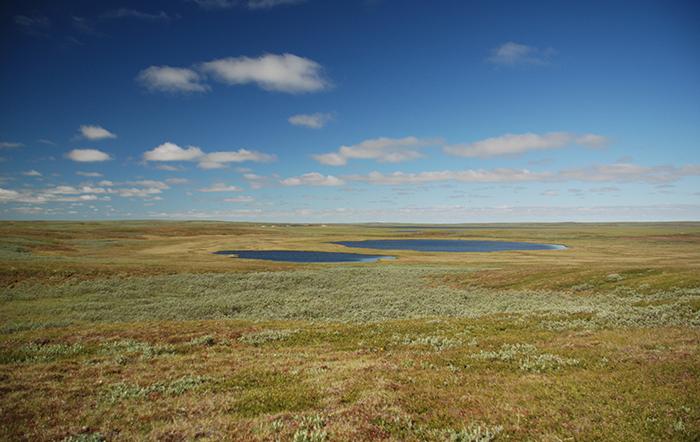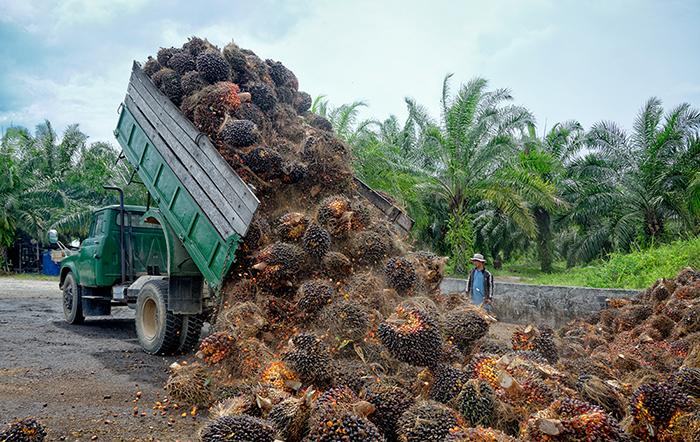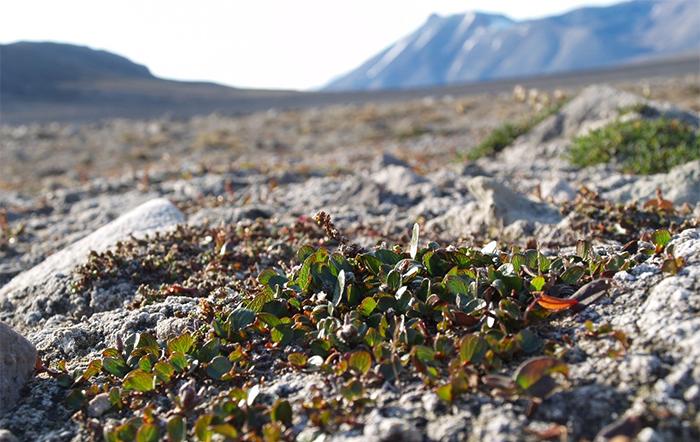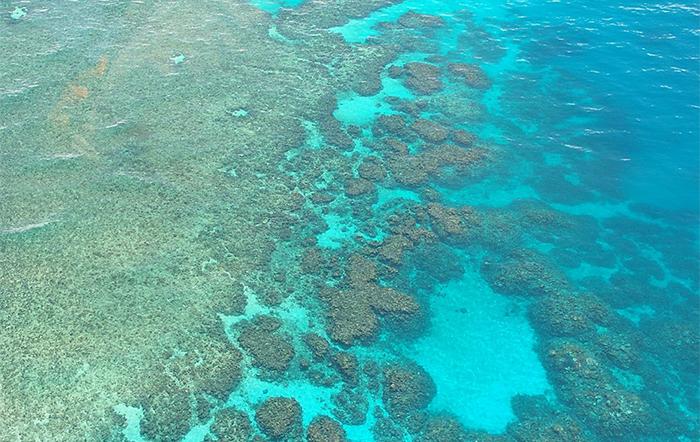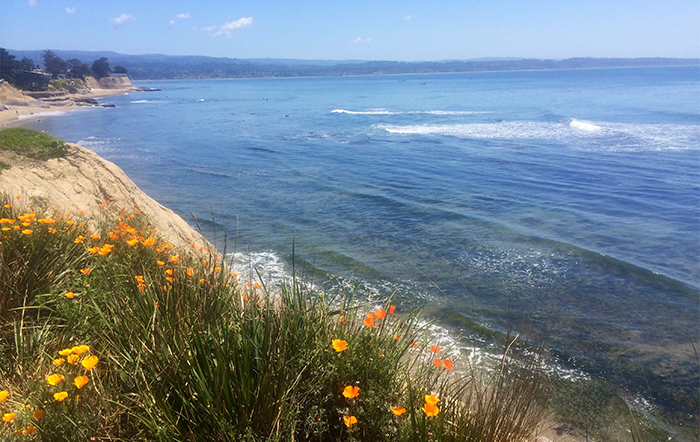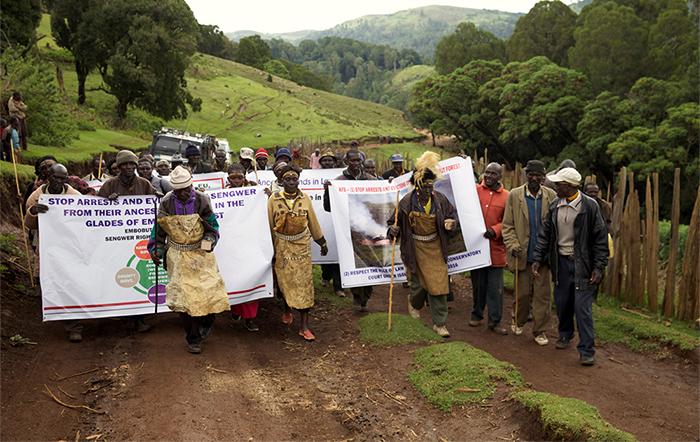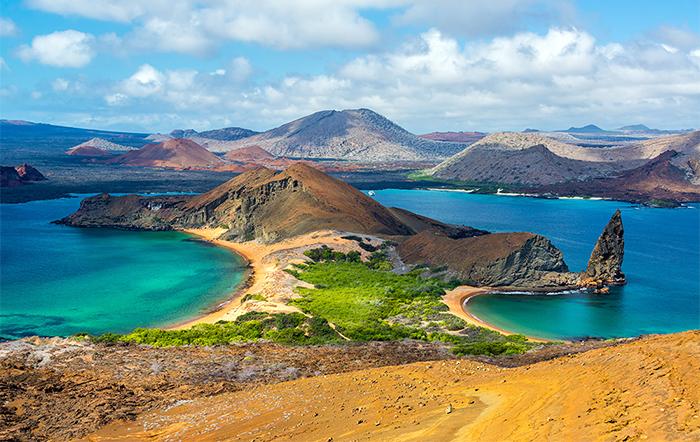A new report, published in Nature, identifies two key areas for action to stop global biodiversity loss and 'bend the curve' towards recovery by 2050 or earlier - without jeopardising the achievement of other Sustainable Development Goals. The study calls for bold conservation and restoration efforts, alongside a transformation of the global food system. It forms a core part of WWF's Living Planet Report 2020, and authors include Michael Obersteiner, Director of the ECI.


